#protect black children
Text
A Black couple living in Dallas say their 2-week-old daughter was taken from them because they decided to have a home birth with a midwife.
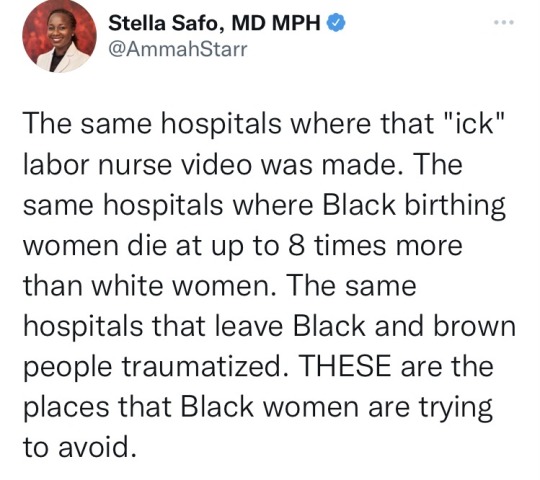
Home-births and midwifery services are increasingly sought out by Black pregnant people and families over traditional hospital settings amid a mounting maternal mortality crisis exacerbated by systemic medical racism. Black pregnant people are three to four times more likely than white pregnant people to die from pregnancy-related causes, per the CDC.

When Black pregnant people and families can’t feel safe seeking pregnancy and birth-related services from the hospital, and can’t feel safe choosing home births and home care options that draw police attention.
#horrific#stop kidnapping Black kids#Texas is the worst#CPS#black twitter#america was never great#twitter#police state#protect black children
7K notes
·
View notes
Text

Black neurodivergent children deserve to have meltdowns without being killed by the police.
Ryan Gainer should still be alive.
Rest in peace Ryan Gainer 🙏🏾🕊❤️
Tagging: @zombytommy @lilywily143 @m0n1q @bigpinkbaguette @dark-nymph3t @violottie @vixxelle @spinnydraws @pinkpinkstarlet @punkeropercyjackson @weirdo09 @mozzyspurt @uzibrainrot @magicalmousey @loujitsushotsoup @cube-was-here @jinx-the-hunter25 @r3tr0s-posts @electronix-arts
#🎨 Clover's art 🎨#ryan gainer#protect black children#protect autistic children#blm#black lives matter#important#rest in power Ryan Gainer 🕊❤️#tumblr artists#artist on tumblr#traditional art#art
171 notes
·
View notes
Text
652 notes
·
View notes
Text

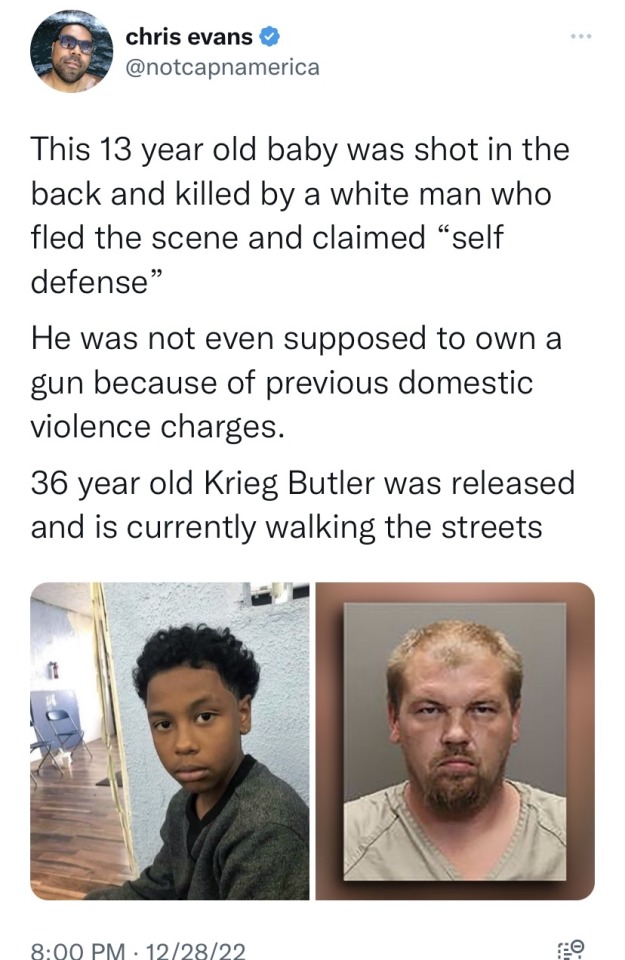

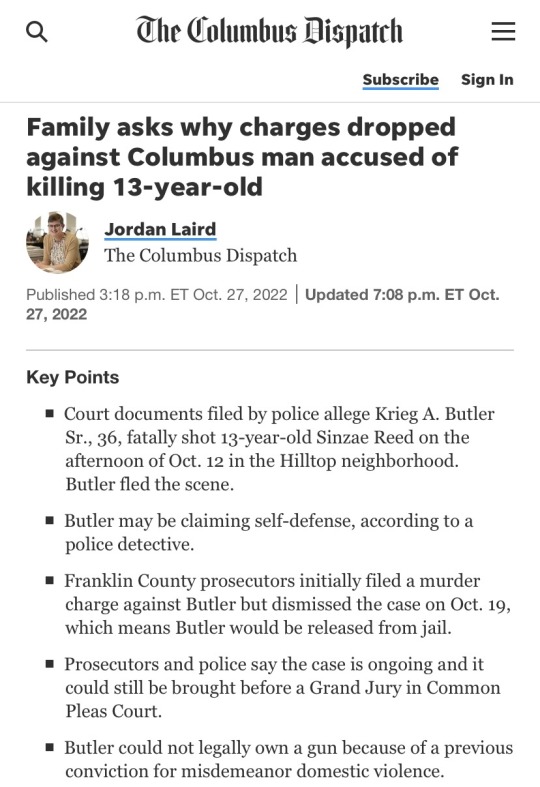


youtube
#sinzae Reed#justice for sinzae Reed#preview commentary#protect black children#say their names#adultification#adultification of black children#social media commentary#extended version on FanBase#full commentary on YouTube
861 notes
·
View notes
Text
I generally do not post videos showcasing antiblack violence, ESPECIALLY videos showcasing antiblack violence towards CHILDREN.
A grown woman poured out a can of soda on 11-year-old Jace who was swimming with his sister at the neighboring apartment complex. She then proceeded to use the can to slash at the children while shouting antiblack slurs, after she pulled at Jace's little sister's hair . . . clearly this ended very differently then another antiblack, waterside incident earlier this month . . .
And still I am reminded of another antiblack incident that took place almost 50 years before Jace was even born. Before Kim Jennings there was James Brock. Brock dumped acid in the swimming pool at his Monson Motor Lodge in St. Augustine, Florida in 1964 to disrupt Black teens swimming in the whites-only pool. They just wanted to swim . . . just like Jace and his sister.
Original Post: @attorneycrump
——
11-yo Jace and his sister did NOT deserve to be assaulted by their apartment manager! Hear him describe the unacceptable encounter that that occurred over him swimming in the complex’s pool!
🎥: @keithlawyer
202 notes
·
View notes
Text

#blacklove#energy work#lovesexrelationships#parenting#self love#i love it#fatherhood#protect black women#meditation#love self#protect pregnant black women#motherhood#protect black children#protect black family#protect black girls#protect the community#black love
119 notes
·
View notes
Text
JK Rowling: Now, I have all of these wonderful white names, for white people..
JK Rowling: What about the nonwhite character?..
...
JK Rowling: CHO CHANG
#fuck jk rowling#fuck jkr#anti hogwarts legacy#anti harry potter#anti jk rowling#anti jkr#black lives matter#blacklivesmatter#protect black women#protect black trans women#protect black kids#protect black children#protect black girls#tw jkr#jkr discourse#i do not support jkr#tw jk rowling#racisim#racial#fuck antisemitism#fuck harry potter#fuck hp#anti hp#equality#pro black#black lives have always mattered#black lives are important#black lives fucking matter#anti republican#screw jkr
310 notes
·
View notes
Text
A little kid on the bus this afternoon came up to me and said he loved my shirt (It has a big pink skull on it) and gave me a hug while his mum was like 'I swear he's not being creepy.', obviously worried I was going to freak out. Which, first of all, he's like six. Six-year-olds as a general rule can't be creepy unless they're slowly singing nursery rhymes in extremely posh English accents. Second, he'd been vocal stimming and popping and happy flapping the whole trip and we started popping to each other. When I happy flapped in response to his hug, his face lit right up.
I understand why his mum was worried, though. I was the only white-ish person on the bus, so she must have been thinking I was going to pitch a fit, and I hate that that's something she needs to worry about. Black autistic kids are already expected to regulate their behaviours a hell of a lot more than even NT white kids to stay safe. I'll be damned if I'm going to help perpetuate the idea that a little Black kid is scary or dangerous for any reason, least of all because they were just doing what autistic kids do. Whether that's having no volume control when they loudly tell someone on the bus that their shirt makes them happy, or having a meltdown because they're overstimulated in a mall.
31 notes
·
View notes
Text

Imagine walking freely into AND out of the police station, after explaining to the cops what you just did to Ralph…
⁃Imagine miraculously surviving that attempted murder, and fighting for your life, while thousands of supporters fight for justice on your behalf.
•(Ralph’s GoFundMe https://gofund.me/b68601b2 )
•Contact Prosecutor Zachary Thompson to demand immediate arrest - James S. Rooney Justice Center - Address: 11 South Water Street Liberty, Missouri 64068 - 816-736-8300 - Email: [email protected]
#black lives matter#black lives fucking matter#black lives have value#black people#black culture#black community#Protect black children#blm#black history
112 notes
·
View notes
Text
Preach!

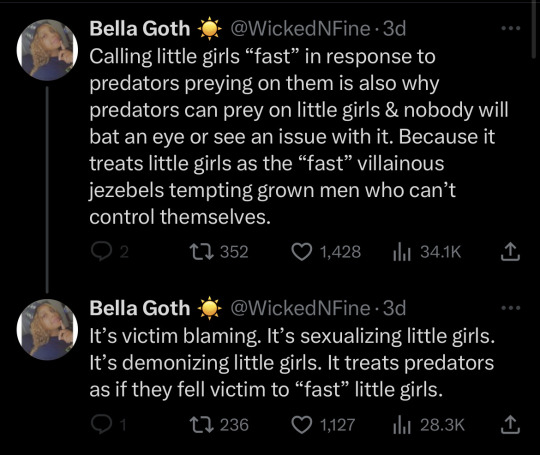
Which brings me to the reason this sentiment is still having trouble getting through some people’s skulls



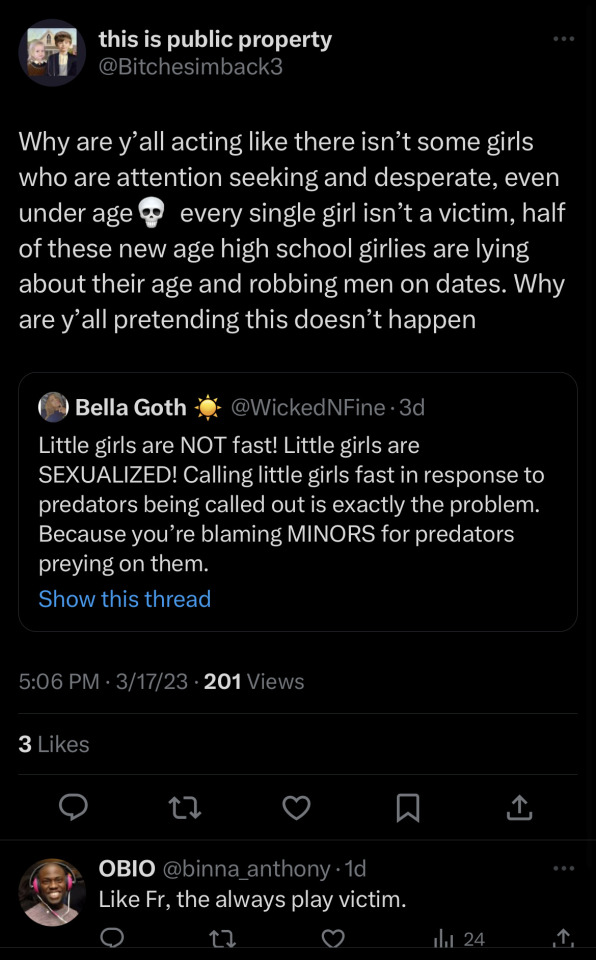
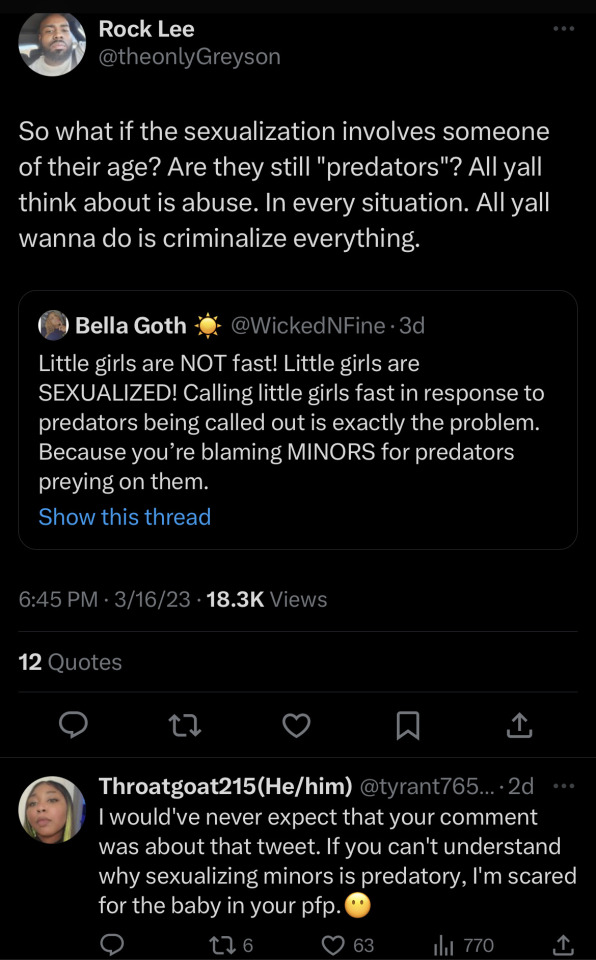
To protect the girls and women in our community, we have to stop the Black Male Worship. No more protecting predatory and abusive black men and boys because “they’ll end up in the system” or “that’s somebody son!” If we keep protecting predators purely because they’re Black AND Men or BOYS we’ll get nowhere.
@thisismisogynoir
#protect black girls#black girls of tumblr#black girls#protect black women#protect black children#black women#tw: sexualization#black community#blackblr
89 notes
·
View notes
Text
Sesame Street was literally made for black and nonwhite kids in mind how the FUCK do you ignore your own target audience?????
291 notes
·
View notes
Text
ON GRASS?!?
481 notes
·
View notes
Text
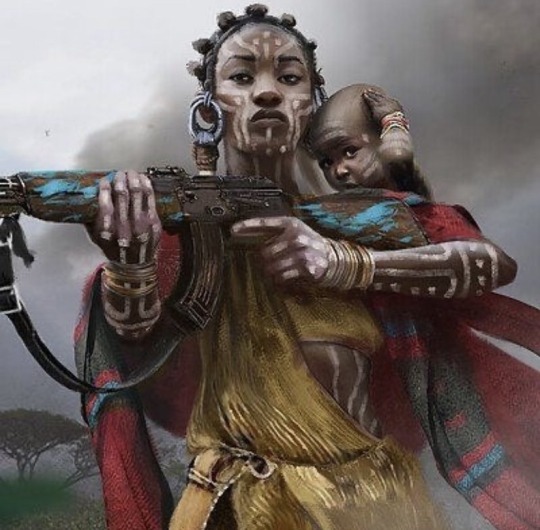

#ayiti#melatonin#protect black children#mother#black mothers#black moms#black mother#wakanda forever#queen of wakanda#black queen#queen#tribal#melanin#black art#art
102 notes
·
View notes
Text
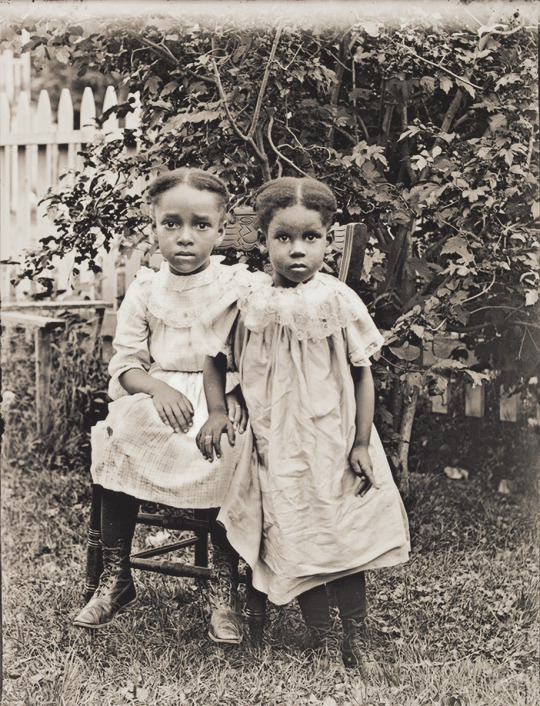
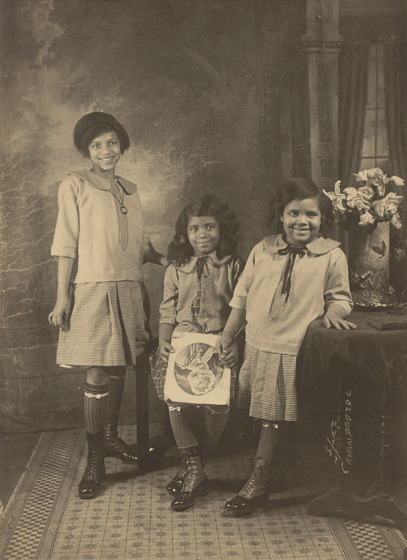
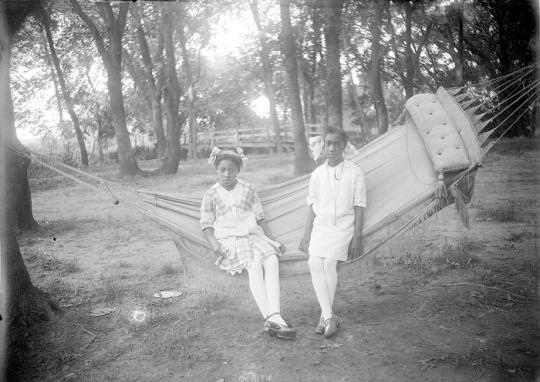
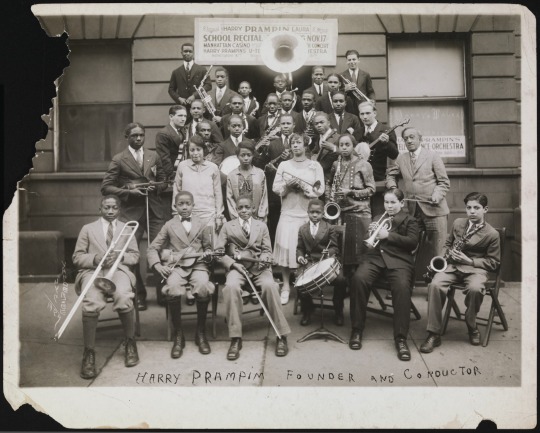
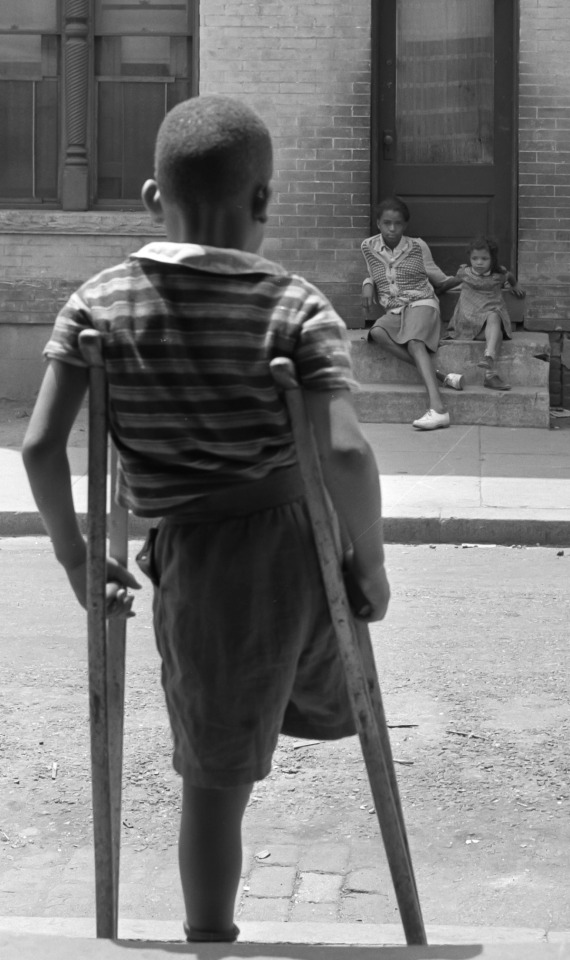
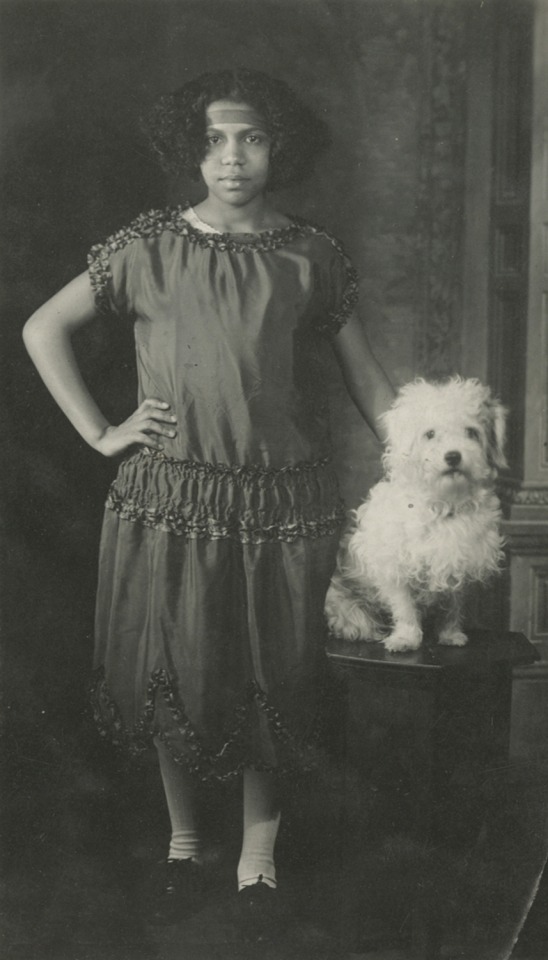
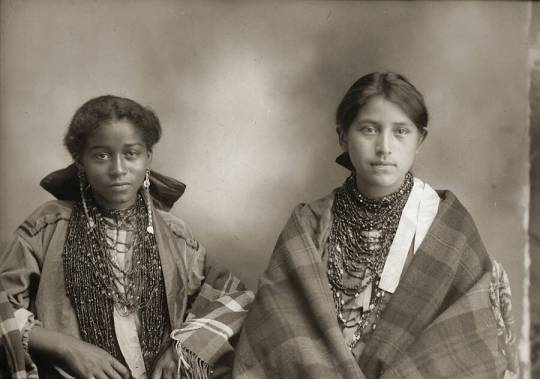

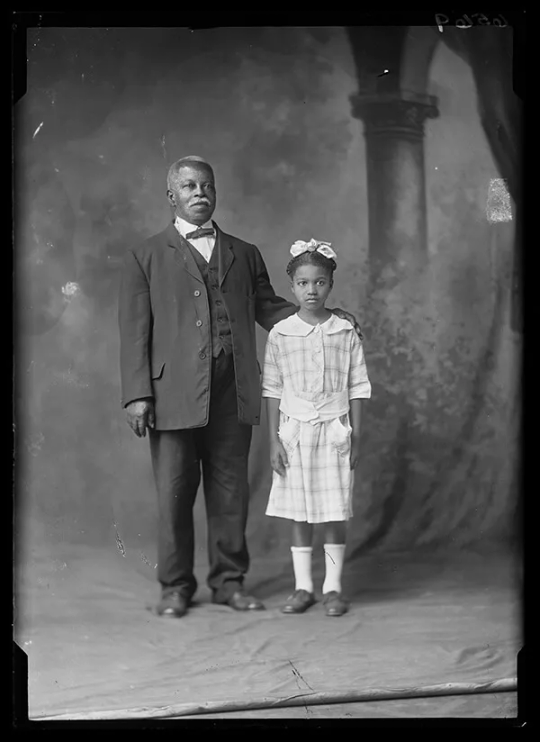
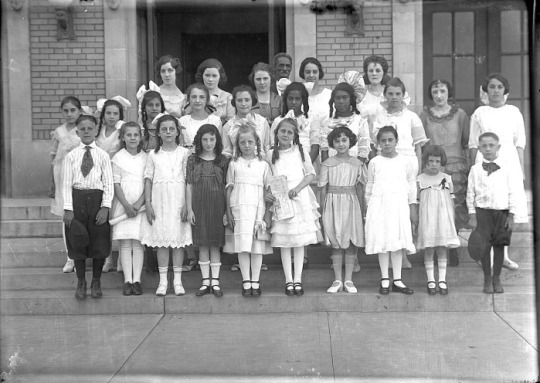
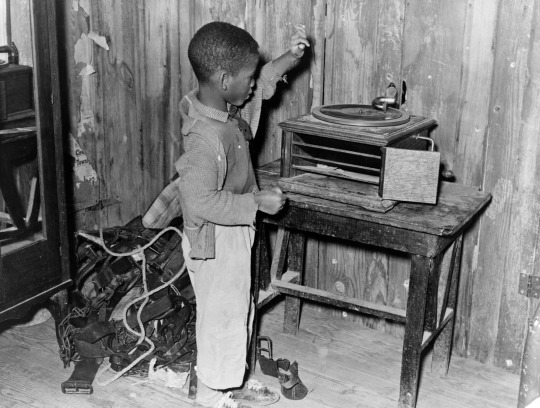
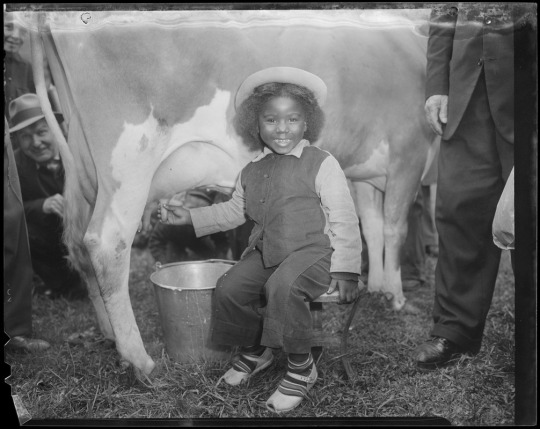




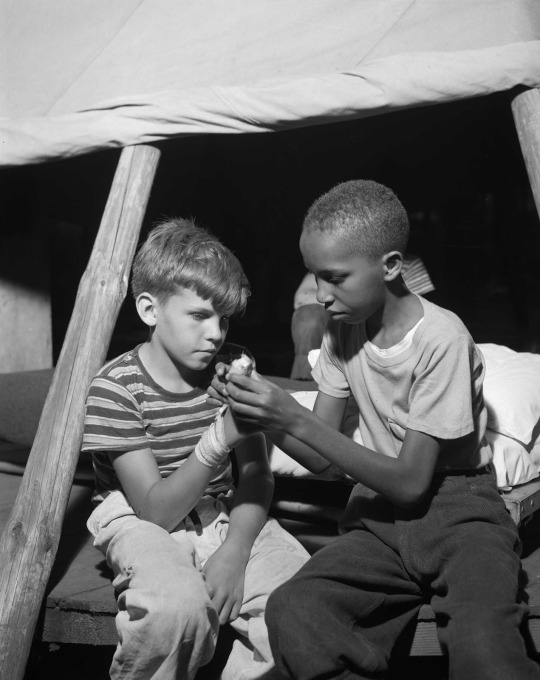
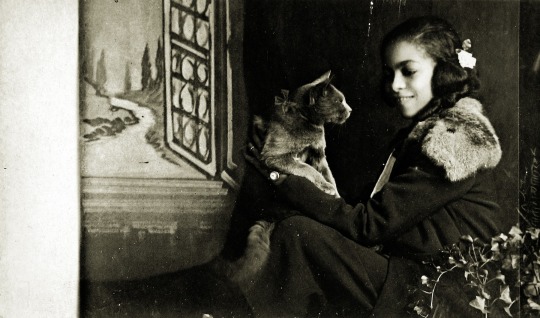
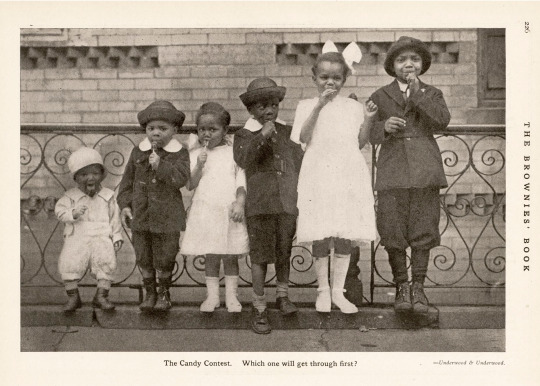
How do the memories and magic of children disrupt and upRoot the histories we tell ourselves? How do children navigate spaces of oppression and liberation? How do they find joy and hope in places that were not created for them to exist? They live.
(1) Portrait of two young Jackson girls in wrinkled, informal wear. Potentially the descendants of emancipated Virginian Bethany Veney, who authored a narrative of her life in slavery and went on to own three houses in Worcester's Beaver Brook neighborhood (1900)
(2) Three sister dressed in matching outfits (and shoes). The center girl holds a favorite object close, perhaps a record album (1926)
(3) Florence Jones (in white dress with large bow) and a friend swing on a family hammock in Lincoln, Nebraska (1915-1920)
(4) Students at the Harry Prampin School Recital in Harlem (1927)
(5) Washington, D.C. Young boy standing in the doorway of his home on Seaton Road in the northwest section. His leg was cut off by a streetcar while he was playing in the street (1942)
(6) A girl and her dog pose in a New York studio (1921)
(7) Ho-Chunk cousins Carrie Elksit (ENooKah) and Annie Lowe Lincoln (Red Bird) wearing elaborate beaded necklaces and earrings. Carrie (left) was the afroindigenous daughter of Lucie Elk, while Annie (right), was the daughter of King of Thunder in Black River Valley (1940)
(8) Ms. Ruby dons her Pullman maid’s uniform and and poses next to a young girl in Stafford County, Virginia (1904-1918)
(9) Eileen Buckner poses with her grandfather Anthony T. Buckner, who was born enslaved and would go on to be one the most respected merchants in the Charlottesville. Eileen's father, George W. Buckner, would go on to write the New Negro manifesto in 1921
(10) A girl smiles wide as she milks a cow (1934–1956)
(11) A young child plays the phonograph in his family cabin located at the Transylvania Project in Louisiana (1939)
(12) Two brown skinned girls pose in matching dresses near the center of their classroom picture in front of Lincoln High School, Nebraska (around 1919)
(13) A young sharecropper lays out on his attic bed in New Madrid County, Missouri (1938)
(14) Chris Easterling (left) and George Mashatt learn how to signal when they want the bus to stop in Ann Arbor (June 1975)
(15) A little girl watches the Macy’s Thanksgiving Day Parade with her family in New York (1946)
(16) Little ballerinas dance at the Frederick Douglass housing project located in Anacostia, D.C. (1942)
(17) Integrated summer activities at Camp Nathan Hale in Southfields, New York where children learned different skills, like first aid, under the guidance of the Methodist Camp Service (1943)
(18) A young girl smiles at her feline friend; notice the ribbon on the cat's neck (1925)
(19) Children stand in a line to pose during their candy eating competition W.E.B. DuBois' Brownies Book
Sources: Worcester Art Museum, James Van Der Zee Collection, Library of Congress, Harris & Ewing, Leslie Jones Collection, Boston Public Library, National Museum of African American History and Culture
28 notes
·
View notes
Text
UGANDAN ORPHANAGE WORKER DYING OF TYPHOID AND MALARIA:
Please help!!!

Update: 50/100 $ reached. Just need 50$ more!!!
This man works for an orphanage called God Provides in Uganda. He is the hardest working man I've ever known. He is extremely ill with both typhoid and malaria and has been for about three days now.
They don't have any money and he was only able to get one treatment that my family paid for but unfortunately we don't have any money left that we can donate. He recently was able to graduate from college despite all the hardships he faces. He will be up for days while starving to walk to the villages and beg for help because they have nothing to eat most times and can hardly ever make rent.
This man has a future and the children need him, please do not let this be the end of him!
Even sharing this would be a big help and a huge difference. Please find it in your heart to take a moment to share this, tell friends about it or consider donating.
Thank you and bless you
Here is their Twitter as well:
https://twitter.com/GODPROVIDESMIN?s=20&t=HteqF3ZyaDPMJStVAHOtDQ
If you have any questions feel free to message me or @mahougirlmutualaid or @lemontoastcloud
Thank you!
#orphanage#emergency donations#god provides#christian faith#uganda#protect black children#gofundme#please help#prayer#orphans#education#signal boost#godislove#Godprovidesorphanage#tags for visibility#markiplier#wendigoon#scott cawthon#fnaf#dawko#jacksepticeye#christmas#holidays#voltron
82 notes
·
View notes
Text
The Unofficial Black History Book
The 16th Street Baptist Bombing (September 15th, 1963)

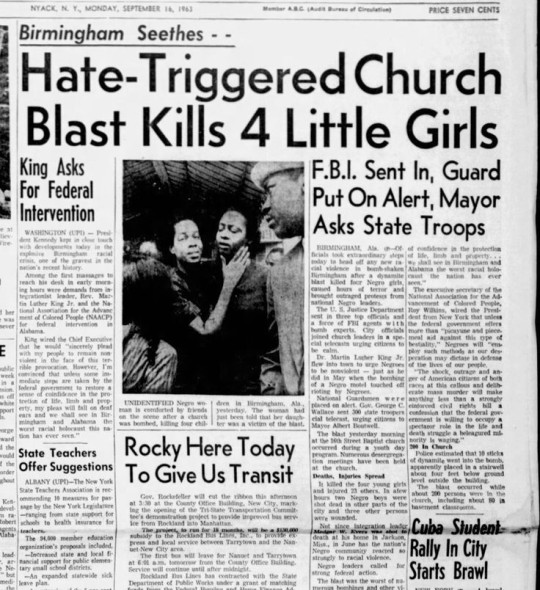


In the 1960s, Racial tension was at an all-time high. Many African Americans were doing their part in the fight for equal rights. A fight that claimed many innocent black lives.
Even the lives of four little girls.
This is the story.
The 16th Street Baptist Church was organized in 1873 as the first colored Baptist church in Birmingham, Alabama.
Many civil rights protest marches took place on the steps of the 16th Street Baptist Church. It has long been a significant religious center for the Black population and was a meeting place for civil rights organizers such as Dr. Martin Luther King Jr.
In the 1960s, Birmingham, Alabama, was one of America's most racially discriminatory and segregated cities and had one of the strongest and most violent chapters of the KKK. The city's police commissioner, Eugene "Bull" Connor, was known for his willingness to use brutality in combating radical union members, demonstrators, and innocent black citizens. Alabama's governor, George Wallace, was the leading opponent of desegregation.
By 1963, homemade bombs being set off in black homes and churches were such common occurrences that the city was given the nickname “Bombingham."
On September 15th, 1963, at 10:22 a.m., some 200 church members were in the building; most were attending Sunday school classes before the 11 a.m. service that morning.
A dynamite bomb was set off in the back stairwell, and mortar and bricks were thrown from the front of the church, caving in its walls. The violent blast ripped through the wall, killing four young African-American girls and injuring more than 20 others.
14-year-old Addie Mae Collins, 14-year-old Denise McNair, 14-year-old Carole Robertson, and 11-year-old Cynthia Wesley were in the basement of the church's ladies' restroom when they were crushed by the rubble.
Addie's sister, Sarah Collins, survived but lost her right eye.
The bombing of 16th Street Baptist Church was the third bombing in 11 days after a federal court order mandated the integration of Alabama's school system.
Upon learning of the attack, Reverend Martin Luther King Jr. sent a telegram to Alabama Governor George Wallace. He stated bluntly: "The blood of our little children is on your hands."
In the aftermath of the bombing, thousands of angry black protesters gathered at the scene of the bombing that same evening, and violence broke out across the city. Governor Wallace sent police and state troopers to break up the protesters. A handful of protesters were arrested, and two African-American youths were killed.
One at the hands of the police. And the other was murdered by a mob of white men.
This all happened before the National Guard was called to restore order.
The deaths of the four girls and the brutal attack shocked the nation and drew international attention to the violent struggle for civil rights in Birmingham.
Many whites were as outraged by the bombing as blacks and offered condolences to the families.
Over 8,000 people attended the girls' funeral services at Reverend John Porter's Sixth Avenue Baptist Church. The family of the fourth held a smaller private service. Dr. King spoke before the 8,000 people at the service.
It was a clear act of racial hatred, -- as the church was a key Civil Rights meeting place and had been a frequent target of bomb threats. KKK members routinely called in bomb threats intended to disrupt civil rights meetings and services.
In the investigation of the bombing, many of Birmingham's white supremacists and even certain individuals were immediately suspected. Repeated calls for the perpetrators to be brought to justice went unanswered for more than a decade.
It was revealed later that the FBI had information concerning the identity of the bombers in 1965 but did nothing.
The head of the FBI at the time was J. Edgar Hoover. He disapproved of the civil rights movement. It was rumored and claimed that Hoover held back evidence from prosecutors and even tried to block prosecution. He later died in 1972.
In 1977, Alabama Attorney General Bob Baxley reopened the investigation.
Klan leader Robert E. Chambliss was brought to trial for the bombings and was convicted of murder. He died in prison in 1985, still maintaining his innocence.
Later in 1980, 1988, and 1997, the case reopened again when two other former Klan members, Thomas Blanton, and Bobby Frank Cherry, were finally brought to trial. Blanton was convicted in 2001, and Cherry in 2002.
A fourth suspect, Herman Frank Cash, died in 1994 before he could be brought to trial.
The legal system was slow to provide justice, but the effect of the bombing was immediate and significant.
The outrage over the deaths of the four young girls helped build support for the struggle to end segregation. Support that would lead to the passage of both the Civil Rights Act of 1964 and the Voting Rights Act of 1965.
But even so, it couldn't bring back four young lives that were lost in an act of hatred.
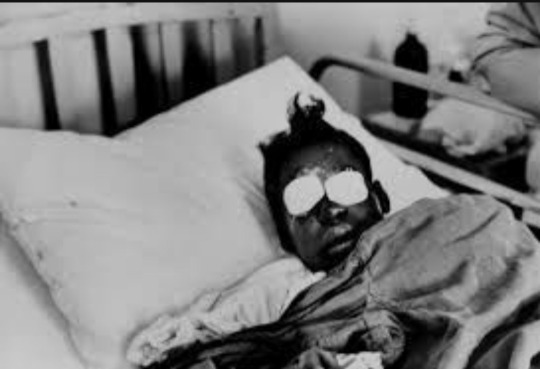
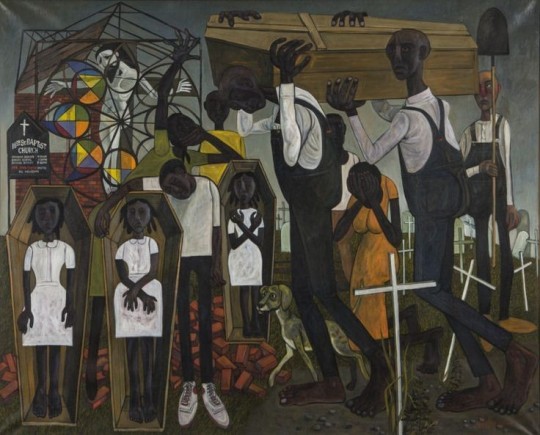
Painting: The 16th Street Baptist Chruch, By Mack Stanley - Asheville Art Museum
Prev
Phillis Wheatley
Next
Janet Collins
_____
My Resources
#black history matters#black history 365#black history is american history#black culture#black history#black tumblr#black lives fucking matter#protect black children#protect black lives#know your history#hate crimes#black stories#civil rights#learn your roots#black activism#protect black girls#civil rights movement#discrimination#history#social justice#cruel and unjust#the unofficial black history book#black female writers#say her name
11 notes
·
View notes